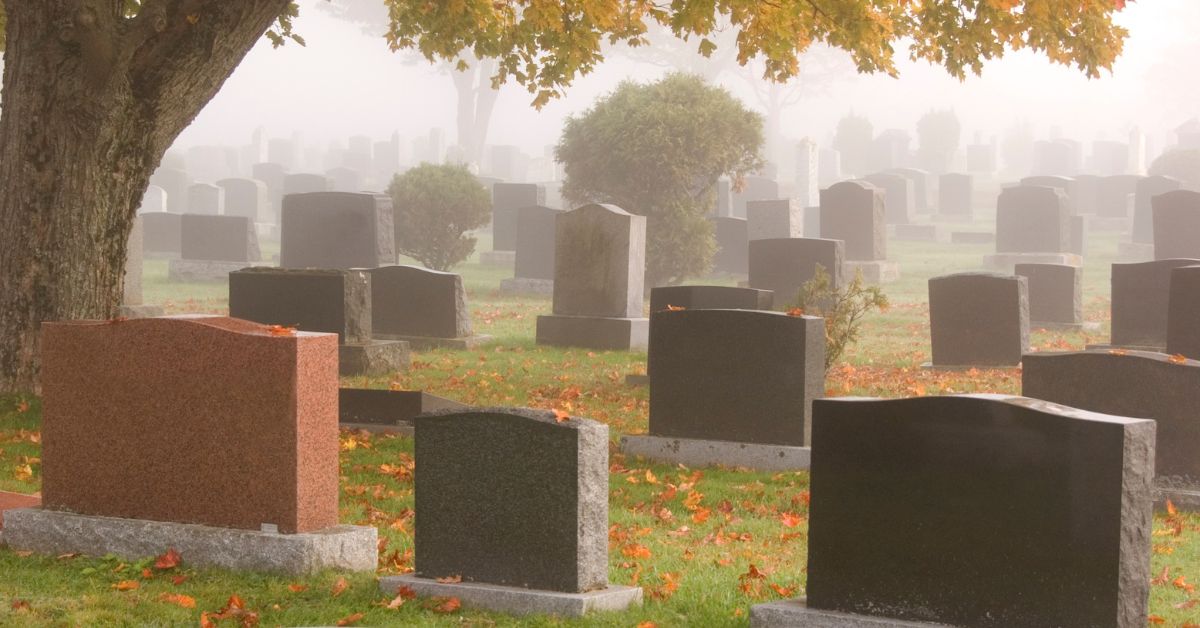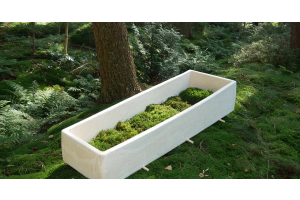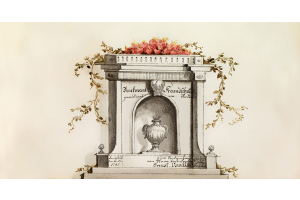
With more people choosing cremation as an option in death care arrangements, the choice that follows is what will family and friends do with the cremation remains to honor their loved one. While some people choose to plan a very traditional service to memorialize their loved one after cremation, others are much more flexible, informal or go with something entirely different. Let people know what is expected ahead of time and be sure to notify any friends or family members who may be impacted by the passing and want closure themselves.
A funeral director or funeral planner can help organize the service and ceremony. The most common elements of a funeral ceremony include:
- A eulogy
- Music
- Prayers or Psalms
- Poems
- Memories and Storied About the Deceased
- Pictures
- Floral Arrangements
The most common ways to memorialize a loved one’s cremation ashes include scattering, burying, or displaying the ashes in an urn. The best choice is, of course, what is most important to the family and person who passed.
Scattering Ashes in a Cemetary
Scattering ashes at a special outdoor location provides a sense of returning to the natural world once again to many. This can be joined with cemetery plot arrangements that have been reserved for families.
If you have a family grave plot reserved, most cemeteries will allow you to place the cremation ashes in that appropriated area. You typically can not scatter ashes in a open cemetery but many places will allow cremation remains to be buried or included in the plot. A growing trend of cremation memorial gardens, or Scattering Gardens, are also becoming more available. These are areas that are specifically designated for individuals to scatters ashes there are part of their memorial services.
Because each cemetery is different, some even being privately owned, it is aways best to check with your local cemetery ahead of time to see the specific rules and restrictions.
Burying Ashes in a Cemetary
Even though cremation practices have been around for a long time, it is still a rather newly adopted practice for many families. Even after a loved one has been cremated, family and friends may still want to hold on to aspects of a traditional funeral as a form of giving a loved one a formal resting place.
Cremation ashes can be buried by themselves or in an urn. Burial in a cemetery often requires an urn vault. Urn vaults will help ensure that the urn(s) are protected from various conditions that can cause harm or damage. This also helps ensure that the ground does not collapse as the urn ages.
Biodegradable Urns for burial
While nearly all urns for cremated remains can be buried, one common choice is to have the remains placed in a biodegradable urn that will break over time and allow the ashes to enter into the surrounding ground naturally. This option is especially popular on private lands and open areas like ocean burials.
Do urns need to be buried as deep as caskets?
No. Commonly, urns are buried at 3 feet below surface. Those who choose to bury an urn are highly encouraged to choose a location that isn’t going to be distruded. This makes cemeteries an ideal location for this option.
Displaying Ashes in a Cemetary
Columbariums and mausoleums are above ground memorial structures created to hold cremation urns, memorials, and burial chambers. These special structures are typically avialable at all cemeteries and are ideal for those who want to have a very specific location to go to visit their loved one.
The size and dimensions of columbariums are already constructed and most are made with the average cremation size in mind to help ensure eah chamber will be sufficient space to hold a person’s ashes. Often they are large enough to hold the urn in where the cremains remain, but it is advised to check with your cemetery to ensure that the size is sufficient.
As you navigate the waters for making these choices after cremation, just try to keep your loved one in mind. Choose the songs, location, words and methods that would be most meaningful and honoring to the person you are memorializing.





